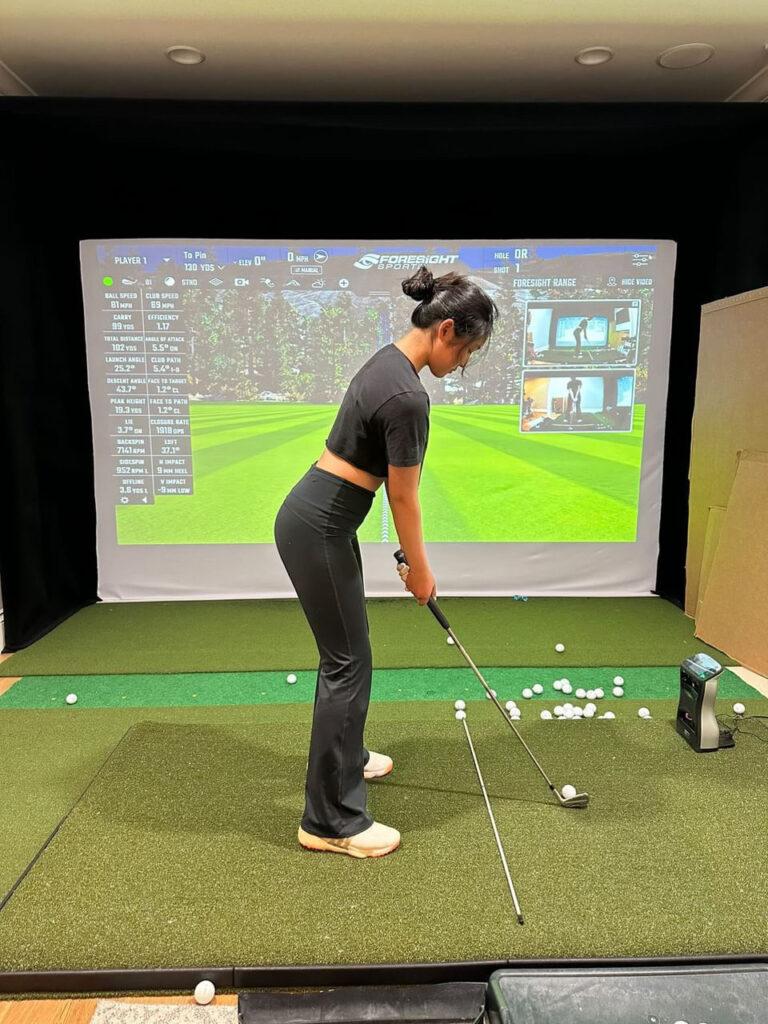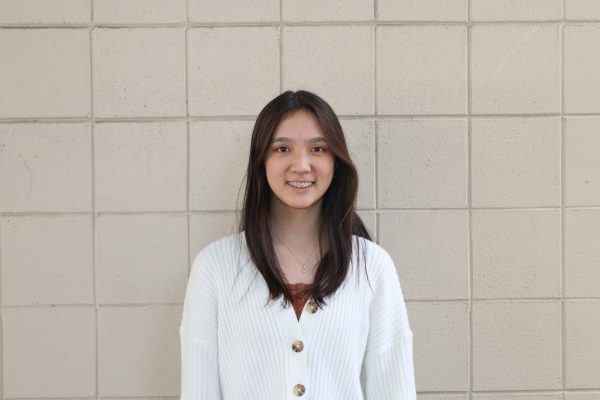As technology continues to advance and become cheaper, its applications in sports have grown. Imaging technology, artificial intelligence and virtual reality have reached the high sports level and have the potential to improve athletic performance, understand the opposing team’s style of play and more.
Hudl: Football team uses AI-powered video technology to provide instant game analysis
Mounted in front of the lower field press box, Hudl auto-tracking cameras have assisted the football team for the past decade. The camera software, costing $3,300 annually, records games and follows the football using artificial intelligence. The resulting videos allow athletes to receive instant feedback on gameplay.
Since most high school teams use Hudl, it also serves as a platform for coaches to exchange game videos. Around a week before the two teams play, teams share videos to analyze the other team, assess weaknesses and strengths and plan offensives.
“Hudl helps us get a better grasp of opposing teams,” head football coach Archie Ljepava said. “We can see their blocking assignments, routes and what kind of defenses they’re running so that we can make adjustments both before the game and in real-time.”
Although the team has not used Hudl’s live tracking abilities much in the last few years, Ljepava hopes to use it more next season. The program tracks the movement of players and connects to an iPad to display the footage, allowing coaches to see movements they missed and replay them slowly.
Hudl has also helped the football team play more safely. Ljepava studies game recordings and implements different drills to correct technical issues like proper stance, foot placement or tackling technique. According to Ljepava, seeing all the players’ mistakes is often difficult, because there are many players to watch and movements happen too fast. Hudl’s camera recordings help Ljepava slow down the movement and look for areas to improve.
For the past few seasons, the team has mostly been using Hudl during home games to assess the opponents. In the coming season, Ljepava hopes to incorporate the Hudl camera system into regular practices as well.
“We will be able to study our practices and see what we can change and how we can adapt,” Ljepava said. “We can make our practices a little more efficient by seeing how players are doing when we aren’t looking at them during practice.”
The school also plans to upgrade to a newer camera system with multiple cameras mounted around the lower field. This new system will film from different viewpoints to better gauge the players and the game.
Ljepava said real-time technology and new advancements can continue to benefit the school’s sports in the future. For the next season, sophomore Miles Sy won’t have the time to play on the team, but he will help from the sidelines as he operates a drone that will record games from a bird’s-eye view.
“As a coaching staff, we added the drone because we wanted this student to stay connected with the program and make him part of the team,” Ljepava said.
Junior golfer Sarah Lim uses an advanced launch monitor
Whether she’s practicing indoors or on the range, Lim always carries around a GCQuad monitor. The monitor is a portable device that sits on the ground next to Lim. It is equipped with four cameras that capture thousands of images a second to build a 3D model of her swing. The technology analyzes the information and provides Lim with a variety of statistics about her hit such as launch speed, launch angle and side angle on a small screen. It is remarkable technology, but also a pricey investment in her game since it costs $16,000.
“It increases my accuracy and makes me more knowledgeable about how I play,” said Lim, who has already verbally committed to play golf on Princeton’s team starting in 2025. “The numbers corresponding to my hit make me more aware and help me improve.”
When practicing indoors, Lim uses a golf simulator setup to mimic a course. A projector projects the image of an outdoor course onto a frame, which Lim hits the ball into. Once the ball reaches the frame, the program uses the information from the GCQuad launch monitor to chart the trajectory of the ball and project its movement on the screen.
Since its release in 2010, the GCQuad and similar products have been a great aid to professional and aspiring professional golfers, according to Gold Business News. Lim uses this technology both as a way to practice golf indoors and to receive valuable input.
“I think there have been a lot of technological advancements that have helped different sports, for example the GCQuad,” Lim said. “I think in the future, newer technologies can continue to aid athletes and help people improve.”


























